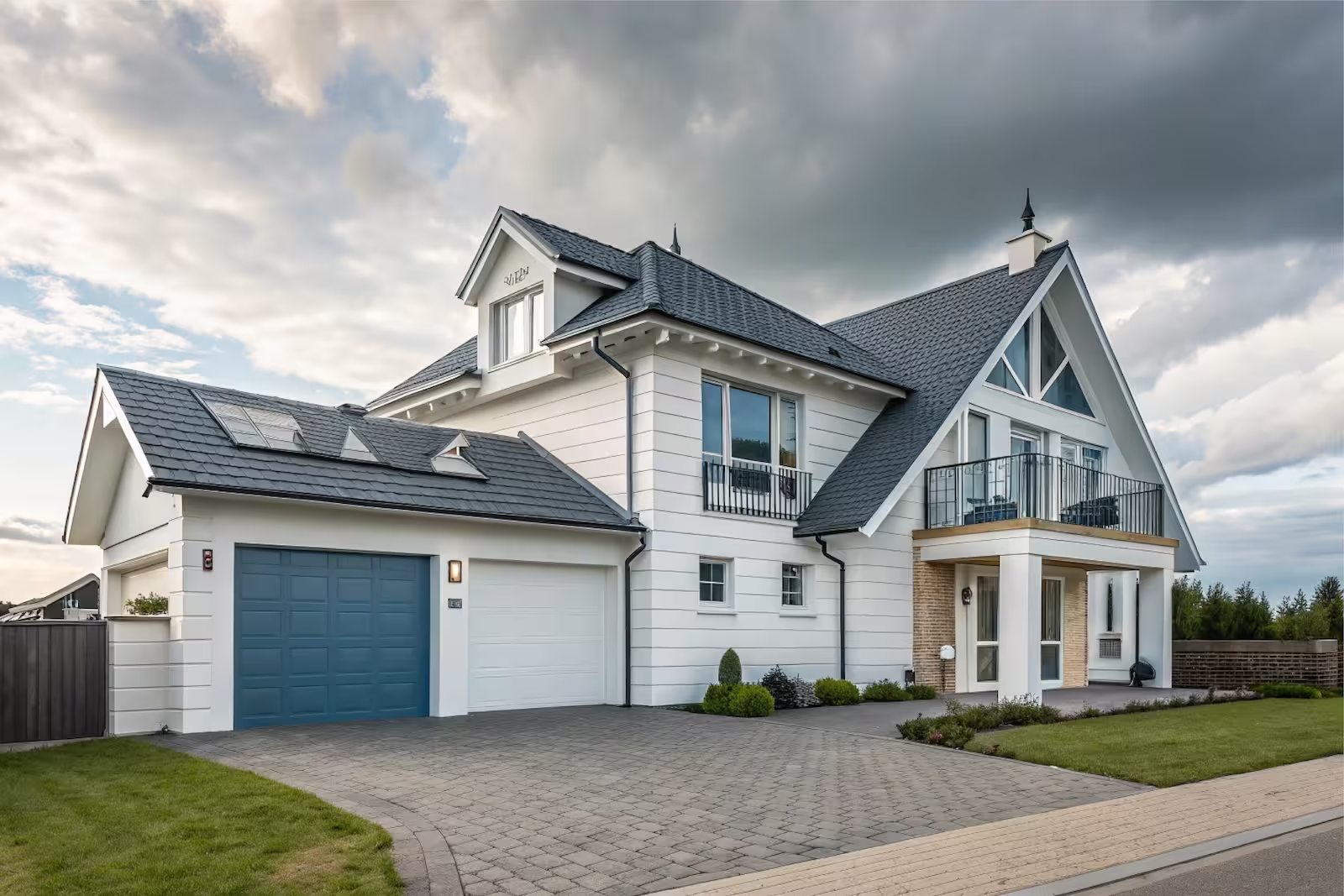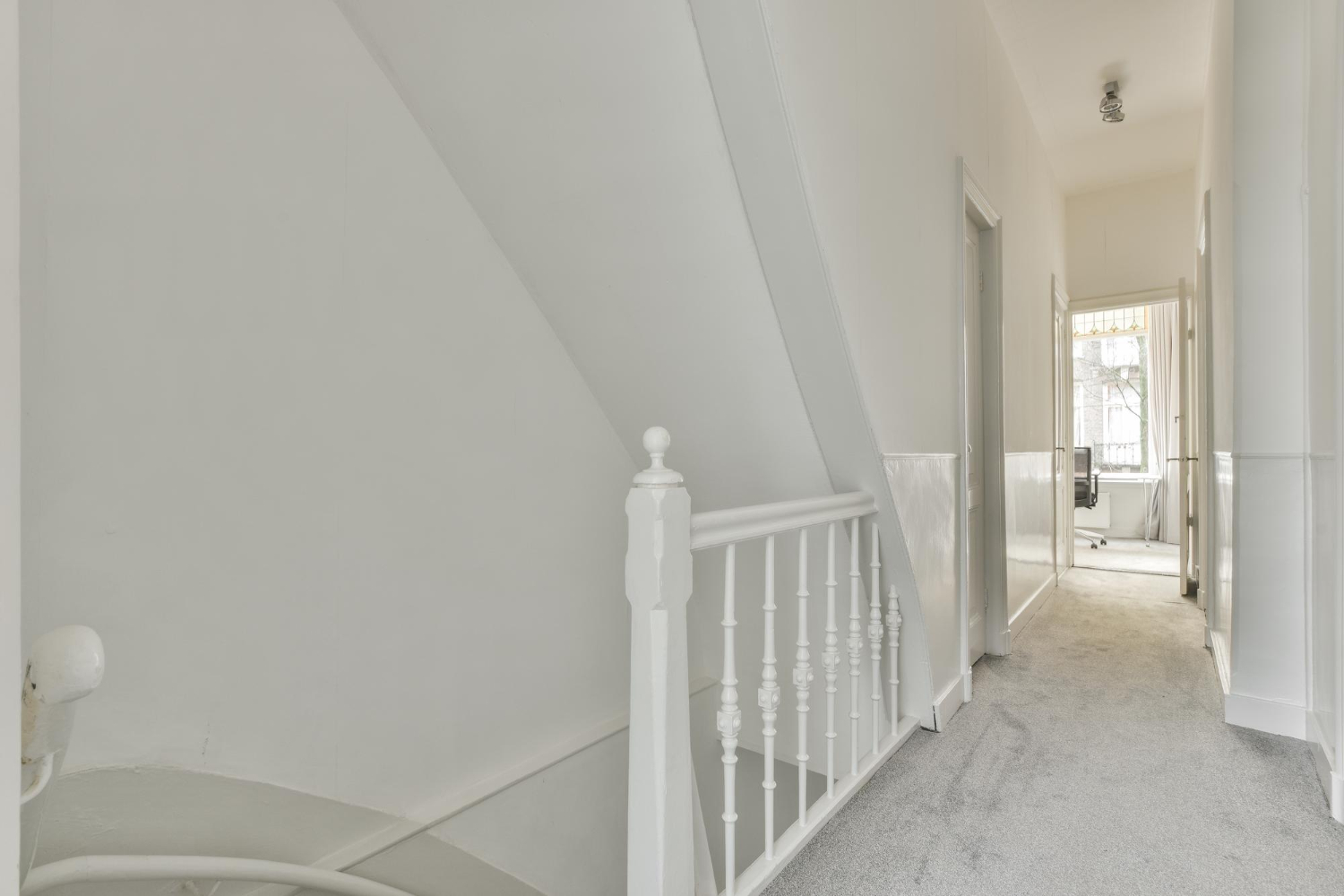
Josh Clounch
August 18, 2025

When your master bedroom is always 10 degrees hotter than the rest of your house, when your energy bills keep climbing despite a "efficient" HVAC system, or when your family keeps getting sick for no apparent reason, there's usually one underlying cause: your home wasn't designed or maintained using building science principles.
Most homeowners have never heard of building science. Yet it's the key difference between homes that protect and nurture families versus homes that fight against them every single day.
Building science is the systematic study of how all the components in your home interact with each other and with the environment. It's the difference between understanding your home as a collection of separate parts versus recognizing it as an integrated living system.
Think of your home like the human body. When a doctor treats your symptoms, they don't just look at where it hurts—they consider how your cardiovascular system, respiratory system, and nervous system all work together. Building science applies the same systematic thinking to your home's "body systems":
When these systems work together properly, you get comfort, health, and efficiency. When they work against each other, you get the problems that drive homeowners crazy.
Let's say your upstairs is always too hot in summer. Here's how different approaches would handle this problem:
The difference? Traditional contractors treat symptoms. Building science identifies and solves root causes.
Sarah from Richardson called us after spending $3,000 on blown-in attic insulation. Her upstairs was still unbearably hot, and her energy bills had actually increased.
Using building science diagnostic tools, we discovered her real problems:
Air Leakage: Her home was losing 40% of its conditioned air through gaps around light fixtures, plumbing penetrations, and unsealed ductwork. Hot attic air was pouring into her living space through the same gaps.
Duct Problems: 30% of her cooled air was leaking into the hot attic before reaching upstairs rooms.
Thermal Bridging: Structural elements were conducting heat directly through the building envelope.
The new insulation was essentially useless because it was being bypassed by air movement and overwhelmed by duct losses. It was like trying to fill a bucket with holes in the bottom.
Our building science solution:
Result: Sarah's upstairs became comfortable, and her energy bills dropped 35%.
Building science recognizes that changing one thing affects everything else. Here are some examples of these critical connections:
Air sealing without insulation leaves you with comfortable drafts. Insulation without air sealing gives you expensive, ineffective comfort attempts. Together, they create an efficient thermal boundary.
Sealing air leaks without proper ventilation can trap pollutants. Ventilation without air sealing brings in unconditioned, unfiltered air. The combination provides fresh, clean, conditioned air.
An efficient HVAC system in a leaky building is like a Ferrari with flat tires. A tight building envelope with an oversized HVAC system creates humidity problems. Properly matched systems work in harmony.
Controlling temperature without managing moisture leads to condensation and mold. Managing moisture without temperature control creates uncomfortable humidity. Together, they protect both your family and your home's structure.
Building science isn't just about energy bills—though those savings are significant. It's about creating a home environment that supports your family's health, comfort, and wellbeing.
At Full Home Comfort, building science isn't just theory—it's how we approach every single project. Here's what building science looks like in practice:
We use advanced diagnostic equipment to understand how your home actually performs:
Every recommendation considers how improvements will interact:
We test before and after every improvement to verify results:
Every day, thousands of families throughout the Dallas-Fort Worth area are fighting their homes instead of enjoying them. They're dealing with:
Building science changes all of that.
When you understand your home as an integrated system and optimize it using proven scientific principles, you get a home that truly works for your family. You get comfort in every room, healthy air to breathe, reasonable energy bills, and peace of mind that your most important investment is protecting what matters most.
If you're tired of band-aid solutions and ready for a comprehensive approach that actually works, our Building Performance Institute certified specialists are here to help.
During your free comprehensive assessment, we'll use advanced building science diagnostic tools to reveal exactly what's preventing your home from performing its best. You'll get a detailed report showing:
Don't spend another season fighting your home's inefficiencies. Let building science transform your house into the healthy, comfortable, efficient home your family deserves.
Building Performance Institute Certified | Veteran-Owned Business | Serving the Dallas-Fort Worth Metroplex


